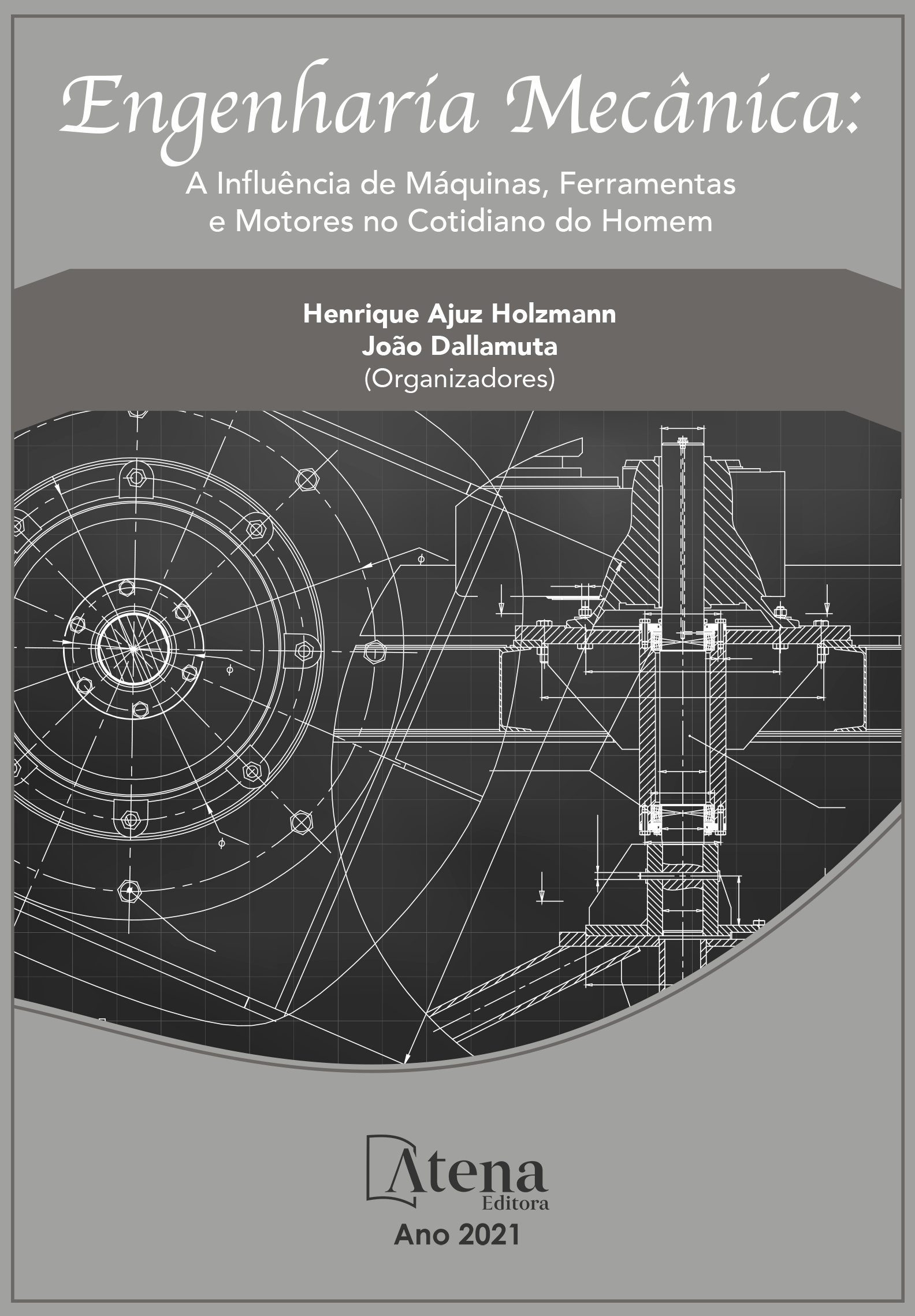
AVALIAÇÃO TÉRMICA DE VEICULOS COM E SEM PELICULA TÉRMICA
Este trabalho apresenta um estudo sobre o acúmulo térmico na cabine de um carro parado sob exposição direta à luz solar. Dado que é um problema atual principalmente em cidades com clima tropical quente. A falta de controle pode ser crítica para a saúde dos passageiros. Neste estudo foram avaliados parâmetros que influenciam no conforto térmico na cabine do carro: a temperatura e a umidade. Para isso foi construído um dispositivo de leitura composto por sensores e microcontroladores. Os experimentos foram realizados em dois carros. O primeiro carro possui janelas com películas escuras (conhecido também como película térmica) e o segundo carro possui janelas transparentes. Os carros utilizados no experimento tinham o mesmo desenho. Os resultados mostraram que a temperatura interna no carro com película térmica teve um menor aquecimento comparado com o carro de janelas transparentes. A umidade registrada foi menor quando a temperatura registrada foi maior essa tendência foi verificada com artigos disponíveis na literatura. O uso da película térmica é uma alternativa para gerar reflexão da energia solar que incide na superfície do carro, porém, é necessário avaliar películas de diferentes qualidades.
AVALIAÇÃO TÉRMICA DE VEICULOS COM E SEM PELICULA TÉRMICA
-
DOI: 10.22533/at.ed.8232117035
-
Palavras-chave: Temperatura do carro, umidade do carro, aquecimento, película térmica.
-
Keywords: C temperature, car humidity, heating, thermal film
-
Abstract:
This work presents a study on the thermal accumulation in the cabin of a car stopped under direct exposure to sunlight. Given that it is a current problem mainly in cities with a hot tropical climate. Lack of control can be critical to the health of passengers. In this study, parameters that influence thermal comfort in the car cabin were evaluated: temperature and humidity. For this purpose, a reading device composed of sensors and microcontrollers was built. The experiments were carried out in two cars. The first car has windows with dark films (also known as thermal film) and the second car has transparent windows. The cars used in the experiment had the same design. The results showed that the internal temperature in the car with thermal film had less heating compared to the car with transparent windows. The recorded humidity was lower when the recorded temperature was higher, this trend was verified with articles available in the literature. The use of thermal film is an alternative to generate reflection of the solar energy that affects the surface of the car; however, it is necessary to evaluate films of different qualities.
-
Número de páginas: 11
- Maribel Valverde Ramirez
- Weverson Carlos Fortes


